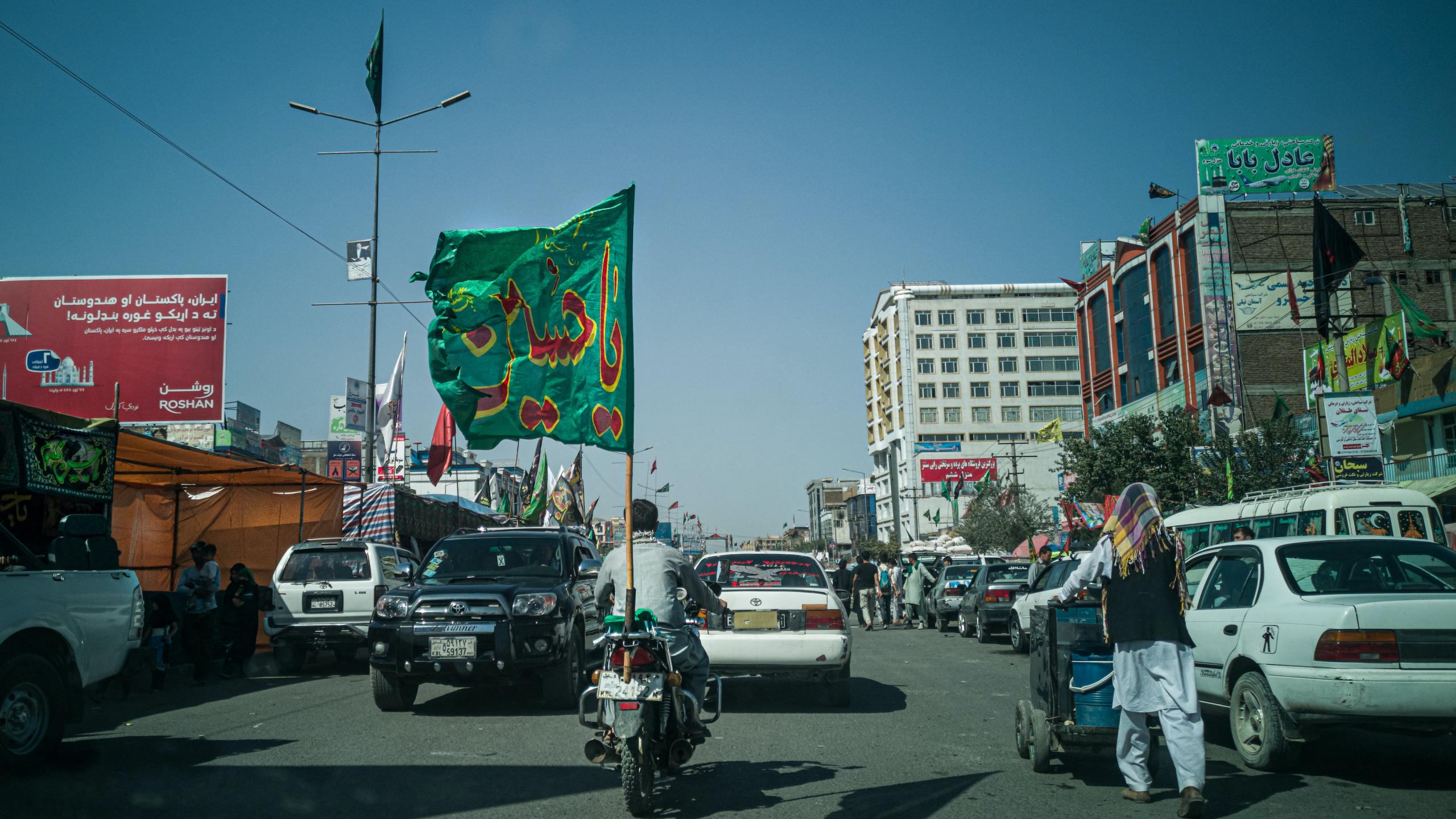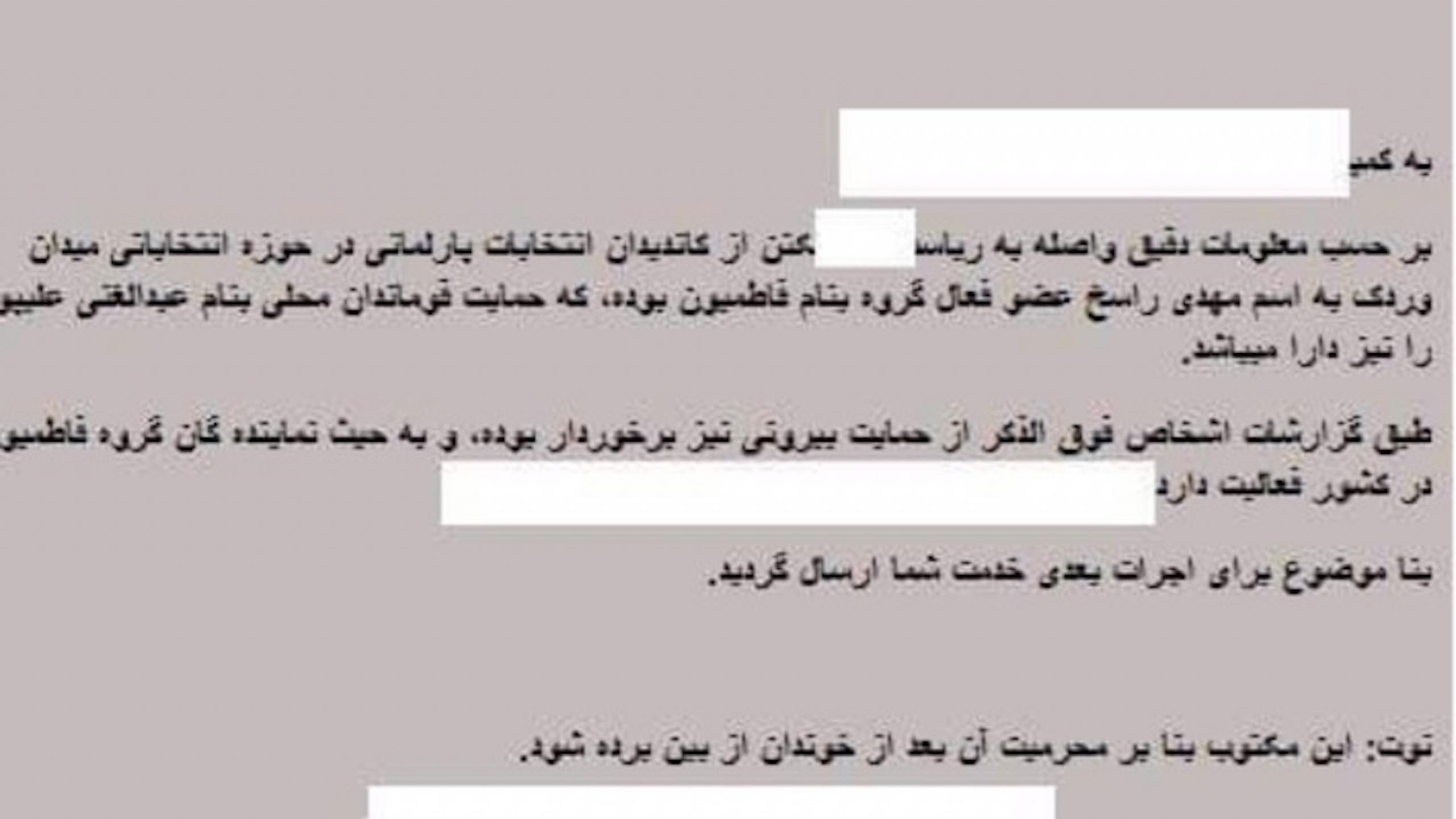“I came back to Afghanistan one year ago, after fighting in Syria. But now I think a new war is about to start,” says Sharifi, 25, who now lives 50 kilometers away from Kabul, in Wardak province. At an undisclosed location, he speaks in hushed tones to this author. He fears that someone may overhear him. He is part of the mainly Shia Hazara community. When he was working in Iran, he joined the Fatemyoun brigade, a militia created in 2014 by the Iranian Islamic Revolutionary Guard Corps and composed mostly of Afghan Shias. They were deployed in Syria and Iraq to fight against the Islamic State (IS). “I went to Iran looking for work. But when I lost my job in a factory, I had no other choice but to join the militia to send some money home.”
Sharifi is not alone. Since 2014, Iran has recruited about 30,000 Afghan fighters. But with the end of the military operation against the IS in Syria, they are now coming back to Afghanistan, ready to fight. Many of them, like Sharifi, think that a clash with the Afghan branch of the IS in is inevitable: “One day there will be clashes,” says Sharifi. The Hazaras have to defend themselves. “Many of us have weapons”.
It’s little surprise that fighters like Sharifi are gathering weapons to defend themselves and their community. IS Khorasan, the Afghan branch of the IS, has been targeting Shia neighborhoods and mosques since 2017. “I have always hated the Shias. The Quran do not mention them. They are illegal and not real Muslims. We will kill them all, since they want to kill us. In Syria they were fighting under the name of Fatemyoun and they are supported from Iran in Afghanistan” says Amir, an IS fighter and spy living in the Daikundi province.
He sits in a hidden room close to Kabul, wearing a black scarf that contrasts with his dark skin and green eyes. He never looks into the eyes of a Kafir (a ‘non-believer’). He says: “Soon we will fight and kill Shias. I am sure”.









